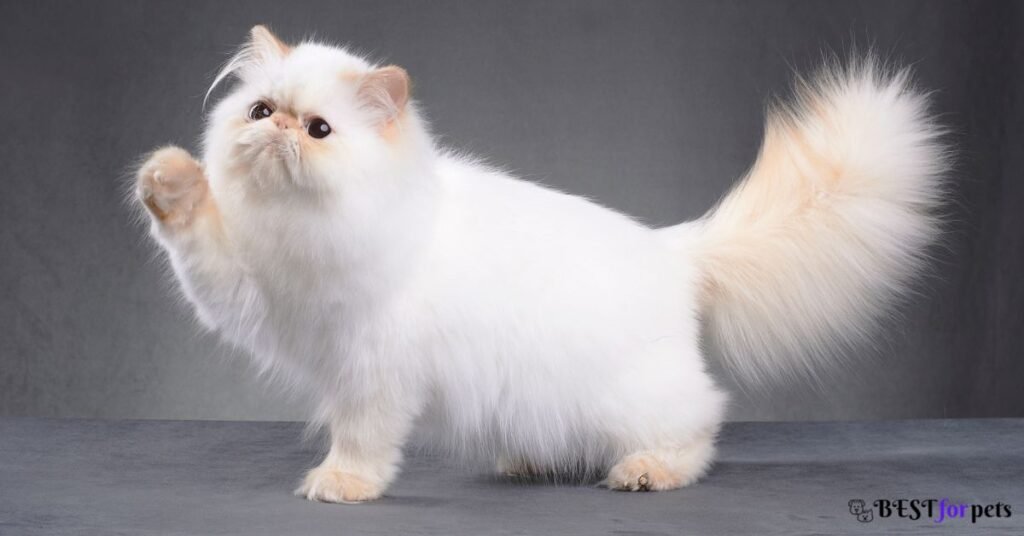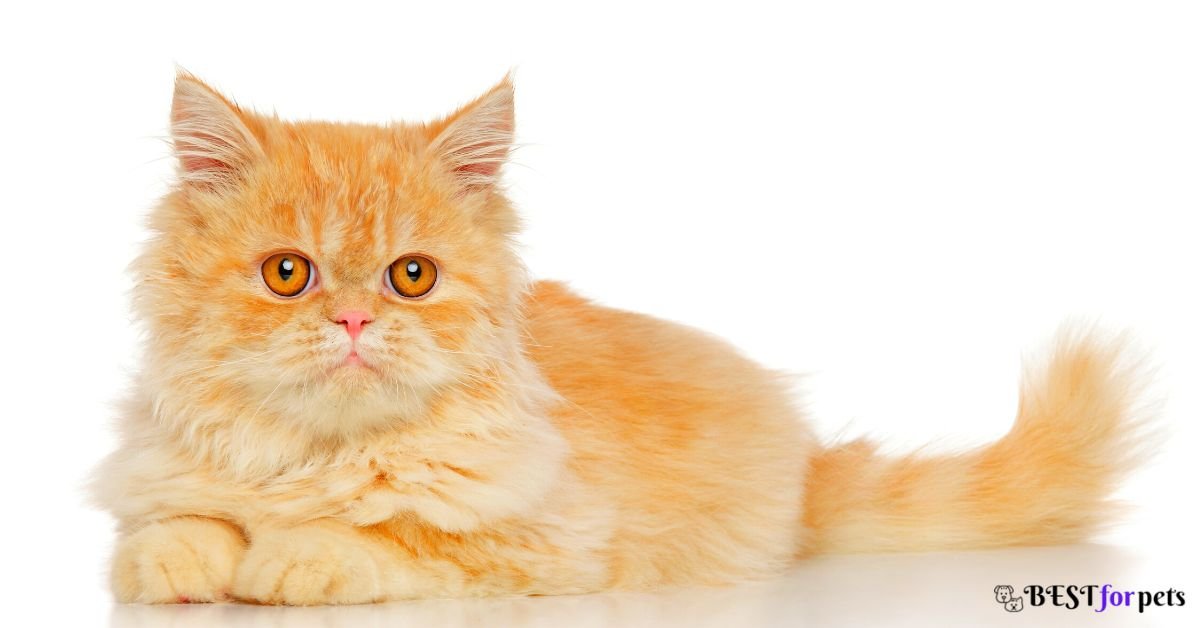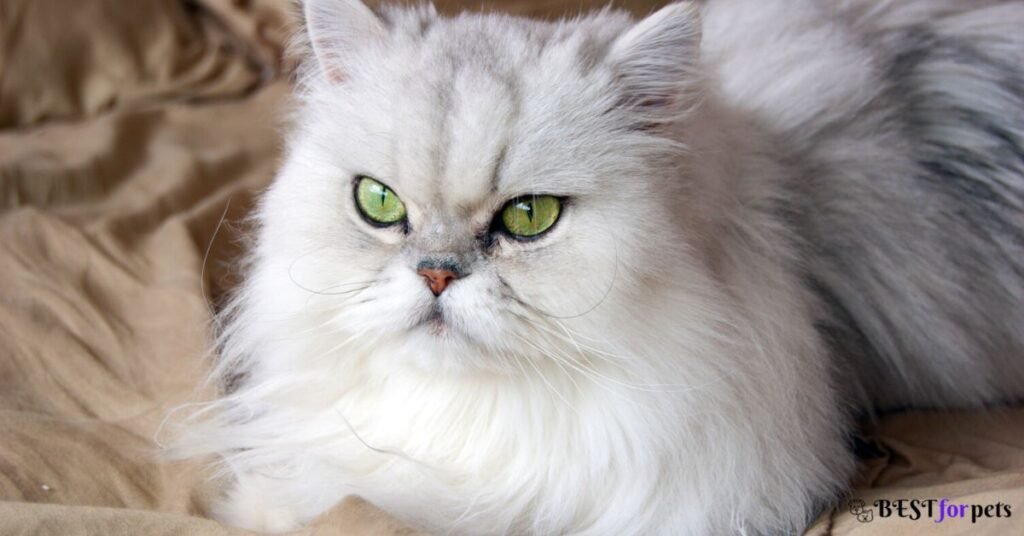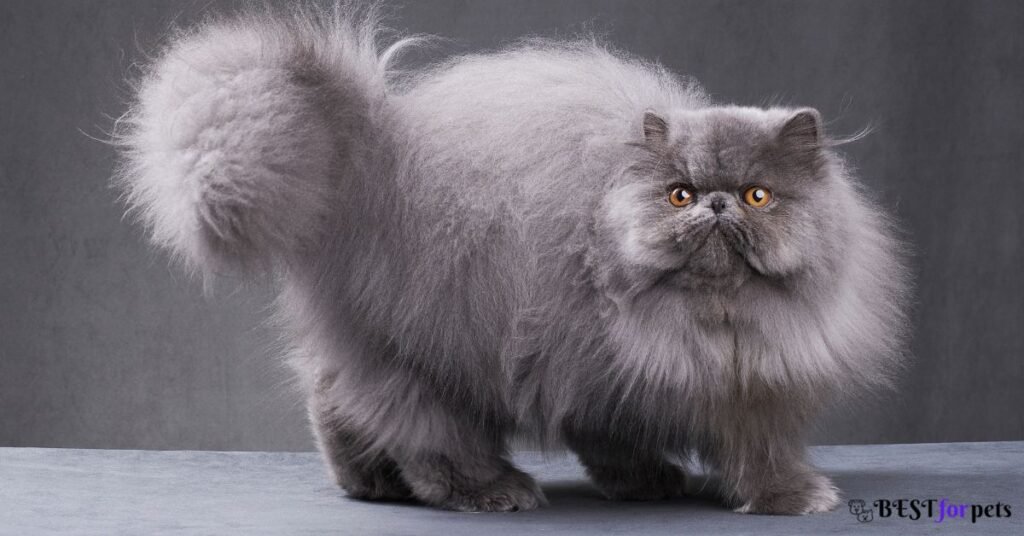//Prices//
Persian Cat Price In India

The price of a Persian cat in India can vary depending on various factors such as the cat’s age, pedigree, and quality of breeding. On average, Persian cat price in India can cost anywhere from Rs.10,000 to Rs.50,000 or even higher.
Persian Cat Prices In Different Locations
Different Locations |
Prices |
| Persian cat price in Kerala | Rs.10,000 to Rs.50,000 |
| Persian cat price in Mumbai | Rs.12,000 to Rs.50,000 |
| Persian cat price in Delhi | Rs.12,000 to Rs.50,000 |
| Persian cat price in Bangalore | Rs.12,000 to Rs.50,000 |
| Persian cat price in Kolkata | Rs.10,000 to Rs.50,000 |
| Persian cat price in Pune | Rs.10,000 to Rs.50,000 |
| Persian cat price in Chennai | Rs.10,000 to Rs.50,000 |
| Persian cat price in Lucknow | Rs.10,000 to Rs.50,000 |
White Persian cat price can cost anywhere from Rs 15,000 to Rs 45,000.
Various Factors That Affects The Price Of Persian Cat
The price of a Persian cat can vary depending on several factors, including:
Breeder:
The reputation and experience of the breeder can have a significant impact on the price of a Persian cat. Reputable breeders who have a long history of breeding healthy and well-socialized cats often charge more for their kittens.
Pedigree:
The pedigree of a Persian cat can also affect its price. Cats with a high-quality pedigree and lineage, which can be traced back several generations, are typically more expensive.
Color and pattern:
The color and pattern of a Persian cat’s coat can also affect its price. Some colors and patterns, such as white, silver, and chinchilla, are more desirable and therefore more expensive.
Age:
The age of a Persian cat can also affect cat price. Kittens are typically more expensive than adult cats.
Health:
The health of a Persian cat can also affect its price. Cats that have been tested for genetic diseases and have a clean bill of health often command a higher price.
Gender:
The gender of a Persian cat can also affect its price. Female cats are often more expensive than male cats because they can be used for breeding.
Location:
The price of a Persian cat can vary depending on the location. Cats in urban areas or in areas with high demand for Persian cats may be more expensive than cats in rural areas.
An Introduction To Persian Cat
History and origin
The Persian cat is an ancient breed that originated in Persia (now known as Iran) over 1,000 years ago. Their exact origins are unclear, but it is believed that they were first bred by Persian royalty and were prized for their beauty and elegance. In fact, it is said that the Persian cat was the favorite pet of King Xerxes, who ruled Persia in the fifth century BC.
The first Persian cats to be introduced to Europe were brought by Italian trader Pietro Della Valle in the early 1600s. From there, the breed quickly gained popularity among the wealthy and aristocratic, particularly in France and England. In the late 1800s, a selective breeding program was established in England to develop the Persian cat into the round-faced, flat-nosed breed that we know today.
Over time, Persian cats were imported to the United States, where they became extremely popular. The Cat Fanciers’ Association (CFA) recognized the Persian cat as an official breed in 1906, and today, it is one of the most popular cat breeds in the world.
Appearance of Persian cat
Persian cats are known for their distinctive appearance, which includes a round face, short muzzle, and large, expressive eyes. They have long, silky fur that comes in a variety of colors and patterns, including solid colors, bicolors, and tabbies. Their coats require regular grooming to prevent matting and tangling.
Persian cats have a stocky build and weigh between 7 and 12 pounds. They have a gentle, laid-back personality and are known for their affectionate nature. They are also relatively quiet and prefer a calm, peaceful environment.

Temperament of Persian cat
Persian cats are known for their sweet, docile personalities. They are affectionate and gentle, and they love nothing more than cuddling up with their owners. Persian cats are not particularly active or energetic, and they prefer to spend their time lounging around the house. They are not known for being particularly vocal, but they will meow or purr to communicate their needs to their owners.
Persian cats are also known for being loyal and devoted to their owners. They can be shy around strangers, but they will warm up over time. They are generally good with children and other pets, although they may be wary of dogs.
Persian cat Personality And
Persian cats are known for their sweet, gentle personalities and affectionate nature. They have a laid-back temperament and are not particularly active or energetic, preferring instead to spend their time lounging around the house. They are also relatively quiet cats and do not meow excessively, although they will vocalize to communicate their needs to their owners.
Persian cats are also known for being loyal and devoted to their owners. They thrive on human attention and love nothing more than cuddling up with their owners. They are also known for being calm and patient, making them ideal companions for children and the elderly.
Persian cats can be somewhat shy around strangers, but they will warm up over time. They are generally good with other pets, although they may be wary of dogs. However, it is important to introduce them to new pets slowly and carefully to prevent any potential conflicts.
Despite their gentle nature, Persian cats can be quite independent and will often prefer to spend time alone. They are also notorious for their stubborn streaks and may become set in their ways, making it difficult to change their routines or habits.
Types of Persian cat
There are several types of Persian cats, which can be classified based on their physical characteristics, coat color, and facial structure.
Here are some of the common types of Persian cats:
Traditional Persian:
These cats have a round face, short muzzle, and a thick coat of fur. They are often referred to as “doll-face” Persians and are closer in appearance to the original Persian cats from centuries ago.
Exotic Shorthair:
These cats have a similar body type to the traditional Persian, but with a shorter, denser coat of fur. They have a flattened face with a shorter muzzle and are often referred to as “the lazy man’s Persian” due to their low-maintenance grooming requirements.
Himalayan:
These cats are a cross between Persian and Siamese breeds and have pointed markings on their faces, ears, and legs. They have a similar body type to the traditional Persian and are often referred to as “colorpoint Persians.”
Chinchilla Persian:
These cats have a silver or golden coat and are named after the South American chinchilla, which has a similar fur coat. They have a round face and a short muzzle, and their eyes are often green.

Calico Persian:
These cats have a coat with three distinct colors – black, white, and orange. They have a round face and a thick coat of fur.
Silver Persian:
These cats have a silver coat and are sometimes referred to as “silver chinchilla Persians.” They have a round face, short muzzle, and bright green eyes.
Tabby Persian:
These cats have a distinct striped coat pattern, with a mix of light and dark stripes. They have a round face, short muzzle, and a thick coat of fur.
Parti-Color Persian:
These cats have a coat with patches of two or more colors, such as white and black or white and orange. They have a round face and a thick coat of fur.
Smoke Persian:
These cats have a solid black undercoat with silver-tipped fur, giving them a smoky appearance. They have a round face, short muzzle, and bright green eyes.
Doll Face Persian:
These cats have a round face and short muzzle, but their features are not as exaggerated as those of the traditional Persian. They have a longer nose and a more natural appearance.
These are just a few more examples of the different types of Persian cats that exist. Each type of Persian cat has its own unique characteristics, making them wonderful companions for those who appreciate their beauty and gentle nature.
Grooming for Persian cat
Grooming is an essential aspect of caring for a Persian cat. Persian cats are known for their long, silky coats that require regular maintenance to keep them healthy and beautiful. Here are some grooming tips for Persian cats:
Brushing:
Persian cats should be brushed daily to prevent matting and tangling of their fur. Use a slicker brush to gently remove any knots or tangles. Be sure to brush their entire body, including their belly, legs, and tail.
Bathing:
Persian cats may require occasional baths to keep their coats clean and shiny. Use a gentle cat shampoo and lukewarm water, and be sure to rinse your cat thoroughly to remove all soap residue.
Trimming:
Trim your Persian cat’s fur around their eyes, ears, and anus to keep them clean and prevent matting. Use scissors or clippers designed for cats and be very careful not to cut their skin.
Nail Trimming:
Trim your cat’s nails regularly to prevent them from becoming too long and sharp. Use a pair of cat nail clippers and be sure to avoid cutting the quick, which is the pink part of the nail that contains blood vessels.
Ear Cleaning:
Clean your cat’s ears regularly to prevent wax buildup and infections. Use a gentle cat ear cleaner and a soft cotton ball, and be careful not to insert anything into their ear canal.
Teeth Cleaning:
Brush your cat’s teeth regularly to prevent dental problems. Use a cat toothbrush and toothpaste, and be sure to start slowly and make it a positive experience for your cat.
Persian Cat Health Issues
Like all cat breeds, Persian cats are susceptible to certain health issues. While many Persian cats live long and healthy lives, it is important to be aware of the potential health problems associated with the breed.
Respiratory Issues:
One of the most common health problems for Persian cats is respiratory issues, which is due to their short snouts. This can make breathing difficult, particularly during exercise or in hot weather. Some Persian cats may also be prone to snoring and wheezing.
Eye Problems:
Persian cats are also prone to eye problems, such as cherry eye and entropion. Cherry eye is a condition in which the gland in the third eyelid becomes inflamed and protrudes from the eye. Entropion is a condition in which the eyelid rolls inward, causing the eyelashes to rub against the cornea, which can cause irritation and discomfort.
Polycystic Kidney Disease (PKD):
Persian cats may also be at risk for PKD, a genetic condition that causes the growth of fluid-filled cysts in the kidneys. This can lead to kidney failure, which is a serious and potentially life-threatening condition.
Obesity:
Persian cats are prone to obesity, which can lead to a range of health problems, including diabetes, joint problems, and heart disease. It is important to feed them a balanced diet and provide them with regular exercise to maintain a healthy weight.
Dental Problems:
Persian cats may also be prone to dental problems, such as gingivitis and periodontal disease. Regular dental care, including brushing their teeth and providing them with dental chews, can help to prevent these issues.
Care tips for Persian Cat
Caring for a Persian cat requires attention and effort, but the rewards of having such a beautiful and affectionate pet make it all worth it. Here are some tips for caring for your Persian cat:
Grooming:
Persian cats require regular grooming to keep their long, luxurious coats looking healthy and beautiful. Brush your cat daily with a slicker brush to remove any tangles or mats. It’s also important to bathe your cat occasionally to keep their coat clean and shiny.
Diet and Exercise:
Providing your Persian cat with a healthy, balanced diet is important to keep them healthy and prevent obesity. Avoid feeding them too many treats and provide them with plenty of opportunities for exercise, such as playing with toys or climbing on a cat tree.

Environmental Enrichment:
Persian cats love to lounge around and watch the world go by. Provide them with a comfortable bed or perch near a window where they can bask in the sun and watch birds and other wildlife outside.
Health Care:
Regular veterinary check-ups are important to keep your Persian cat healthy and catch any health issues early. Make sure to keep up with their vaccinations and provide them with preventative care, such as flea and tick prevention.
Love and Attention:
Persian cats thrive on human attention and affection. Spend quality time with your cat, petting and cuddling them, and talking to them. This will help to strengthen your bond and keep your cat happy and content.
Litter Box:
Make sure to provide your Persian cat with a clean litter box, and scoop it daily to keep it free of waste. Provide them with a litter box that is large enough for them to move around in comfortably.
Persian Cat Lifespan
Persian cats are a long-lived breed and can live for 12 to 17 years or even longer with proper care. Some factors that can affect a Persian cat’s lifespan include genetics, diet, exercise, and overall health.
Persian Cat Maintenance Cost
The maintenance cost for a Persian cat can vary depending on various factors such as location, availability of supplies, and the cat’s specific needs. Here are some common expenses associated with owning a Persian cat in India:
Food:
A good quality cat food can cost around ₹500 to ₹1,500 per month, depending on the brand and type of food.
Grooming:
Persian cats require regular grooming, which can include brushes, combs, and other grooming tools. A slicker brush can cost around ₹500 to ₹1,000, while a good quality cat shampoo can cost around ₹300 to ₹500.
Vet Visits:
Regular veterinary check-ups are essential for a Persian cat’s health. The cost of veterinary care can vary depending on the specific services required. A routine check-up can cost around ₹500 to ₹1,500.
Litter Box:
A litter box and litter will need to be purchased for your Persian cat. A good quality litter box can cost around ₹1,000 to ₹2,000, while a bag of litter can cost around ₹300 to ₹500.
Toys and Accessories:
Persian cats love to play and need toys to keep them entertained. The cost of toys and accessories can vary depending on the type of toy and the brand. A basic cat toy can cost around ₹100 to ₹500.
Tips For Finding a Reputable Persian cat Breeder in India
Finding a reputable Persian cat breeder in India can be a daunting task, but it’s essential to ensure that you are getting a healthy and well-socialized kitten. Here are some tips to help you find a reputable breeder:
Research online:
Start by doing some research online. Look for Persian cat breeders in your area, read their reviews and check their website and social media profiles. Reputable breeders usually have a well-maintained website, active social media accounts, and positive reviews from past customers.
Ask for referrals:
Ask for referrals from friends, family, or your veterinarian. They may know of a reputable breeder who has provided them with healthy and well-socialized kittens in the past.
Attend cat shows:
Attending cat shows is an excellent way to meet reputable Persian cat breeders in person. You can talk to them, see their cats, and get a sense of their knowledge and experience.
Check for registration:
Make sure that the breeder you choose is registered with a reputable cat association like The Cat Fanciers’ Association (CFA) or The International Cat Association (TICA). This ensures that the breeder adheres to strict breeding standards and follows ethical breeding practices.
Visit the breeder:
Visit the breeder’s facility to meet the ats and see how they are cared for. Reputable breeders should be willing to show you around their facility and answer any questions you may have.
Ask about health testing:
Reputable breeders should be conducting regular health tests on their cats to ensure that they are free of genetic diseases. Ask the breeder about the health testing that they do and ask to see the results.
Ask for a contract:
Reputable breeders should provide a contract that outlines the health guarantees, return policy, and other terms of the sale.

Fun Facts About Persian Cat
Persian cats are a beloved breed known for their luxurious coats and affectionate personalities. Here are some fun facts about Persian cats:
1. Persian cats have been around for thousands of years. They are one of the oldest cat breeds in the world and were first bred in Persia (now Iran).
2. Persian cats are known for their flat faces and large, expressive eyes. Their flat faces are a result of selective breeding, but this can also lead to some health issues such as breathing problems.
3. Persian cats are great apartment pets. They are relatively low-energy and don’t require a lot of space to be happy.
4. Persian cats are known for their luxurious coats, which come in a variety of colors and patterns. Their coats require regular grooming to prevent matting and tangling.
5. Persian cats are very affectionate and love attention. They are often called “lap cats” because they enjoy curling up in their owner’s lap for a cuddle.
6. Persian cats are intelligent and can be trained to do tricks. They are also very adaptable and can learn to get along with other pets in the household.
7. Persian cats are popular in the entertainment industry. They have been featured in movies, television shows, and advertisements for their beautiful appearance.
8. Some famous people who have owned Persian cats include Marilyn Monroe, Elizabeth Taylor, and Florence Nightingale.
Frequently Asked Questions
Are Persian cats good with children?
Yes, Persian cats can be great with children. However, like any pet, they should be supervised when around young children to prevent accidental injury.
Do Persian cats shed a lot?
Yes, Persian cats shed a lot, especially during shedding season. Regular grooming and brushing can help minimize shedding.
Do Persian cats require a lot of grooming?
Yes, Persian cats require regular grooming to maintain their long and thick coat. This includes daily brushing, regular bathing, and regular visits to a professional groomer.
Do Persian cats require a special diet?
Persian cats do not require a special diet, but they do have a tendency to overeat, so it’s essential to monitor their food intake and feed them a balanced and nutritious diet.
Do Persian cats need to be kept indoors?
Yes, Persian cats should be kept indoors to protect them from outdoor dangers, including traffic, predators, and diseases.
Can Persian cats be left alone for long periods?
Persian cats are generally not known for their independence and may get anxious or stressed if left alone for long periods. It’s best to ensure that they have enough toys and scratching posts to keep them occupied while you’re away.
How can I keep my Persian cat’s eyes clean?
Persian cats are prone to eye discharge and tear staining, which can be prevented by gently wiping their eyes with a clean, damp cloth or using an eye cleaner recommended by your vet.
Can Persian cats be socialized with other pets?
Yes, Persian cats can be socialized with other pets, including other cats and dogs. However, it’s essential to introduce them slowly and supervise their interactions to prevent any fights or injuries.

